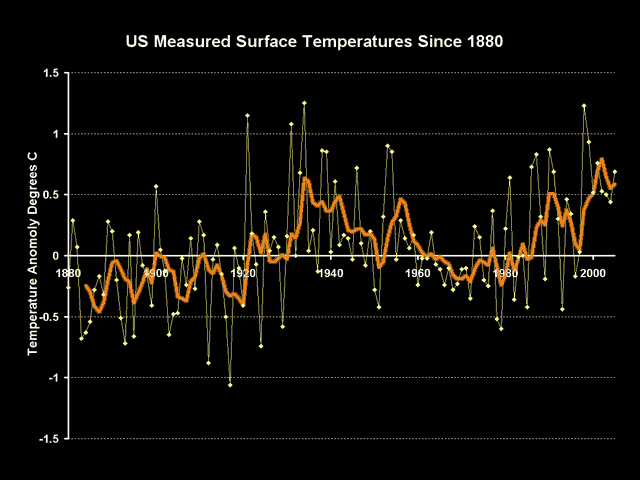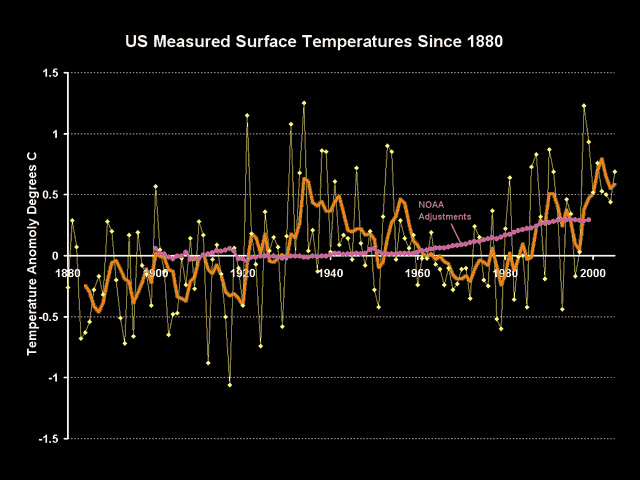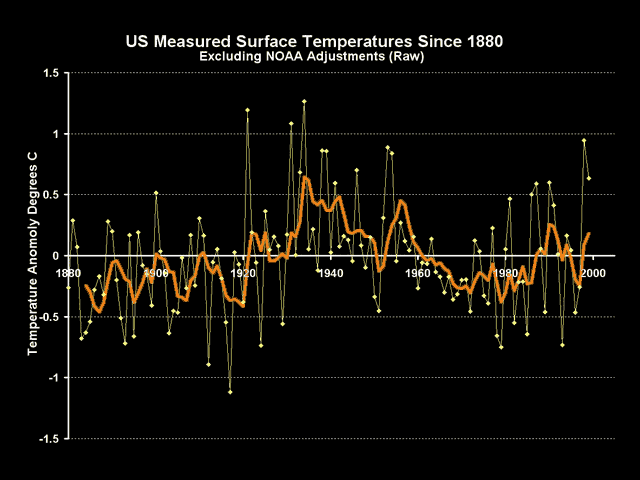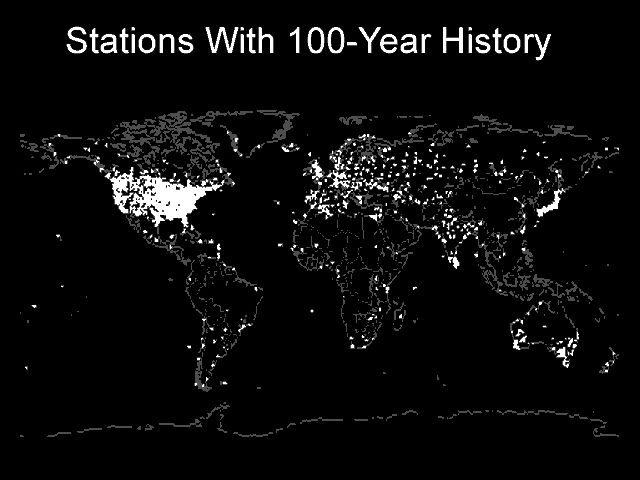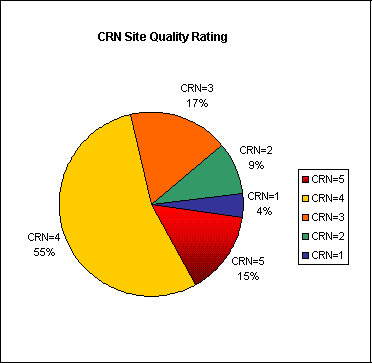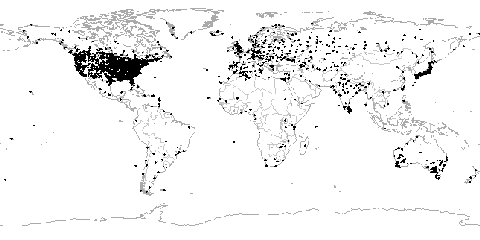One of the oddities about climate science is just how hard it is to get research that actually goes out and gathers new empirical data. Every climate scientist seems firmly rooted in the office tweaking their computer models, perhaps as an over-reaction to meteorology being historically mostly an observational science. Whatever the reason, study after study masticates the same old 30 or 40 historical proxies, or tries to devine new information out of existing surface temperature records. If you ever read Isaac Asimov’s book Foundation, you might remember a similar episode where a character is amazed that scientists no longer seek out new empirical data, but just manipulate data from previous studies.
The issue of how much urban heat islands bias surface temperature records is a case in point. The two most prominent studies cited by the IPCC and the RealClimate.org folks to "prove" that urban heat islands don’t really exist are Peterson and Parker. Parker in particular really bent over backwards to draw conclusions without actually gathering any new data:
One of the main IPCC creeds is that the urban heat island effect has a negligible impact on large-scale averages such as CRU or GISS. The obvious way of proving this would seem to be taking measurements on an urban transect and showing that there is no urban heat island. Of course, Jones and his associates can’t do that because such transects always show a substantial urban heat island. So they have to resort to indirect methods to provide evidence of “things unseen”, such as Jones et al 1990, which we’ve discussed in the past.
The newest entry in the theological literature is Parker (2004, 2006), who, once again, does not show the absence of an urban heat island by direct measurements, but purports to show the absence of an effect on large-scale averages by showing that the temperature trends on calm days is comparable to that on windy days. My first reaction to this, and I’m sure that others had the same reaction was: well, so what? Why would anyone interpret that as evidence one way or the other on UHI?
I have always wondered, why can’t someone just go out and measure? It can’t be that expensive to send a bunch of grad students out with identical calibrated temperature instruments and simultaneously measure temperatures both inside and outside of a city. At the same time, one could test temperatures on natural terrain vs. temperatures on asphalt. A lot of really good data that would be critical to better correction of surface temperature records could be gathered fairly cheaply.
Well, no one is doing it, so it is left to an amateur, Anthony Watts, to do it on his own time. Watts is the same person who, in frustration that the government bodies who maintained the surface historical temperature network kept no good information on instrument siting, set up a data base and a volunteer effort to fill the gap. The project continues to go well and grow at SurfaceStations.org, but it could still use your help.
Anyway, here is what Anthony is doing:
My experiment plan is this; by simultaneously logging temperature data and GPS readings on my laptop, I’ll be able the create a transect line. The Gill shield has a custom window clip which allows me to mount on the passenger window. The shield will be “aspirated” by driving. Should I have to stop for a signal. the GPS data will indicate a pause, and any temp data from that spot due to heat from the vehicle or others nearby can be excluded.
The temperature sensor and A/D converter for it both have NIST calibration, making them far better than the accuracy of an MMTS, but with the same resolution, 0.1°F.
The reason for the setup now is that I’m heading to Indianapolis next week, which was one of the cities presented in a study at Pielke’s conference. Plus that, Indianapolis is nearly perfectly flat and has transect roads that match the cardinal compass points.
According to Parker 2006, “The main impact of any urban warming is expected to be on Tmin on calm nights (Johnson et al. 1991)” so that’s what I’ll be testing. Hopefully the weather will cooperate.
Unfortunately, this need for amateurs to actually gather empirical data because the climate scientists are all huddled around the computer screen is not unique in this case. One of the issues with proxy data like tree rings, which are used to infer past temperatures, is that past proxy studies are not getting updated over time. Over the last several decades, proxy measures of temperatures have diverged from actual temperatures, raising the specter that these proxies may not actually do a very good job of reporting temperatures. To confirm this, climate scientists really need to update these proxy studies, but they have so far resisted. In part, they just don’t want to expend the effort, and in part I think they are afraid the data they get will cause them to have to reevaluate their past findings.
So, Steve McIntyre, another amateur famous for his statistical criticisms of the Mann Hockey Stick, went and did it himself.

